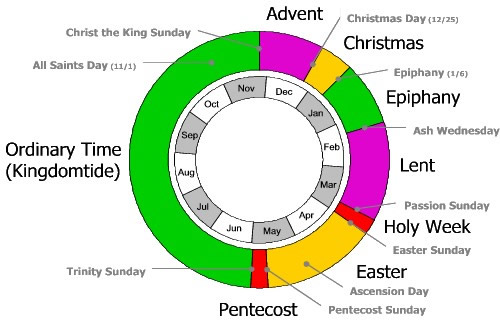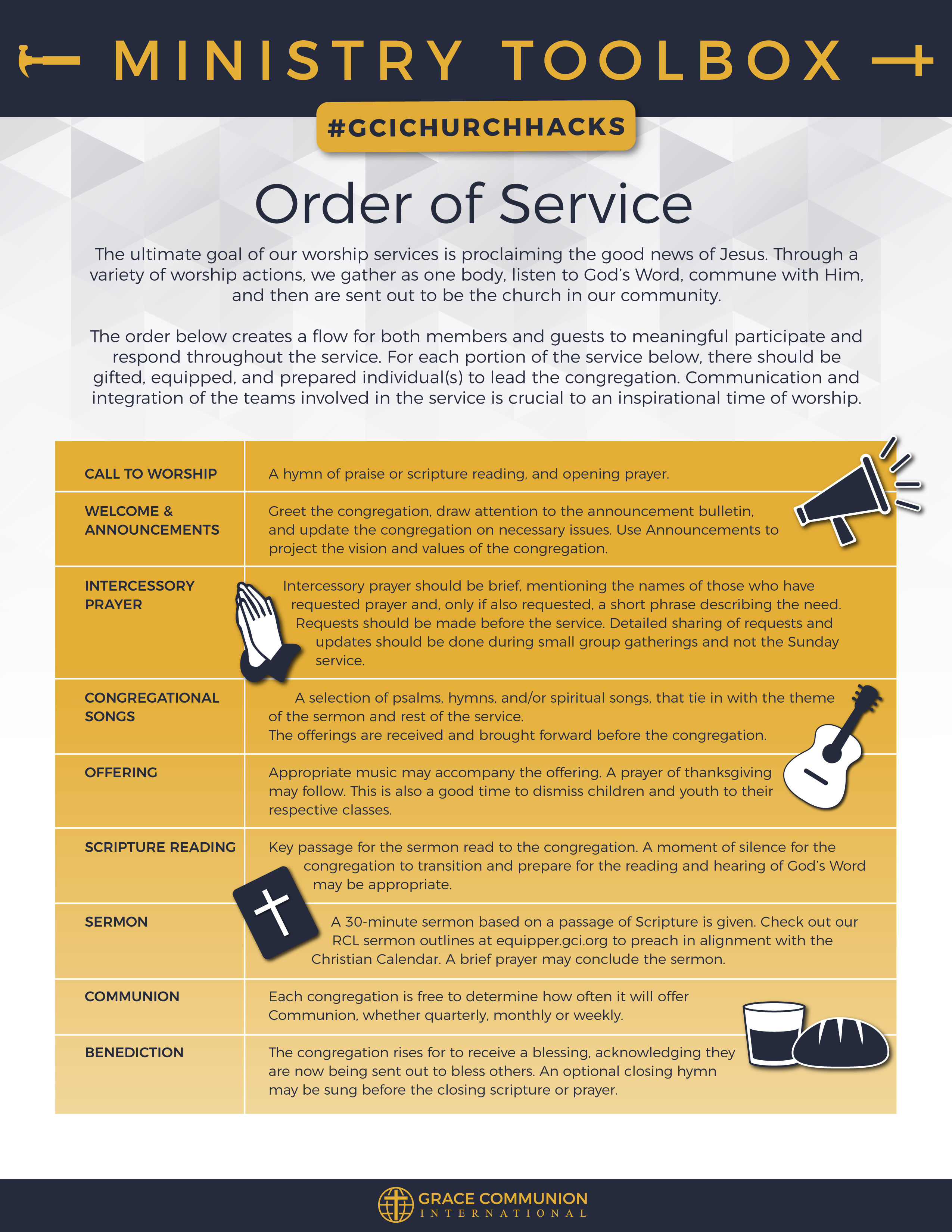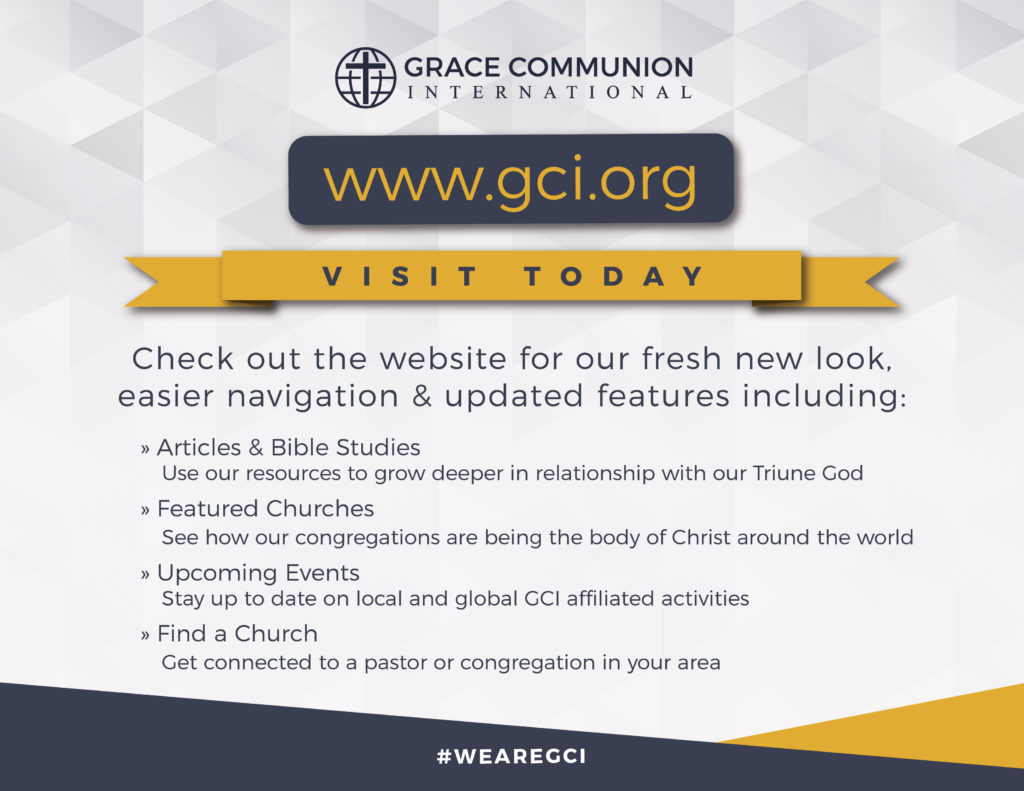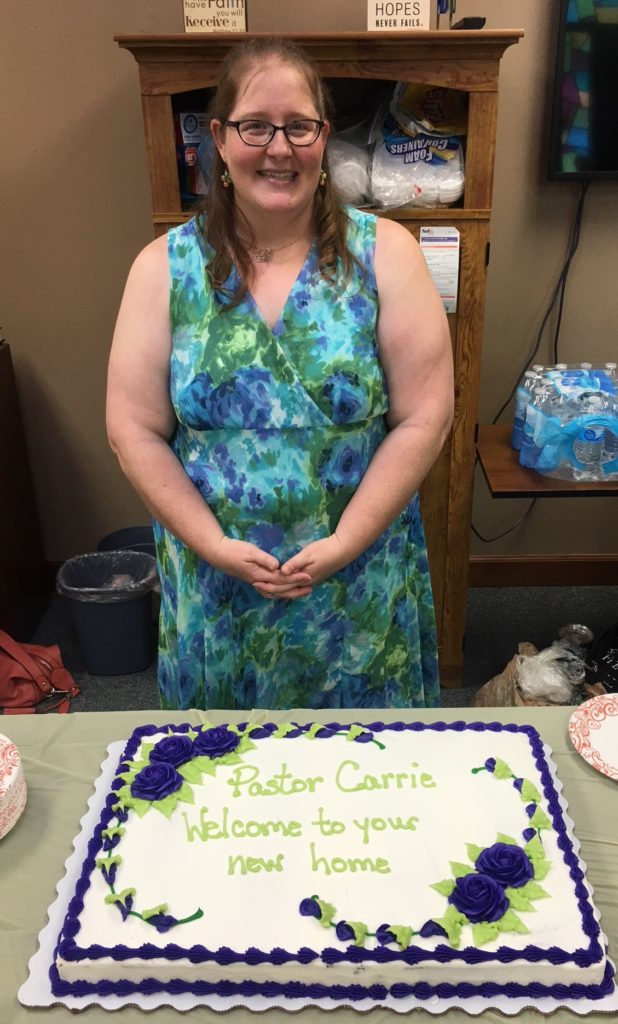This “From the President” letter is by GCI Vice President Greg Williams.
Dear Pastors and Ministry Leaders:
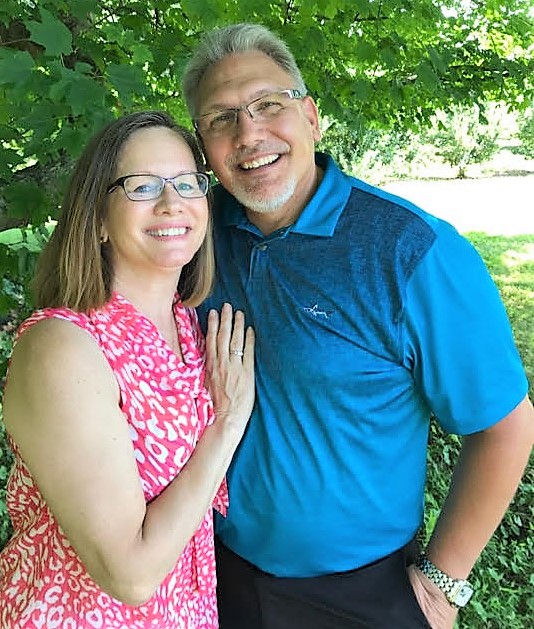
Is there a particular way that worship services in the church should be conducted? That’s not a new question—the apostle Paul addressed it in his first letter to the church in Corinth. Their services had become contentious and chaotic, and Paul wanted to help them solve the problem. He did so by noting that, while their desire to exercise their spiritual gifts in worship was commendable, they must do so in ways that build up the church rather than causing division and confusion (1 Cor. 14:26, 33). Paul exhorted them to conduct their worship in “a fitting and orderly way” (1 Cor. 14:40). Believing that Paul’s exhortation is relevant for us today, I encourage all our pastors to gather with their leaders (including those who plan and direct worship) to evaluate their worship services.
History of worship liturgy
Let me share some relevant history. As various worship traditions developed, some churches and whole denominations adopted a “liturgical” approach to structuring their worship services, while others adopted an approach called “non-liturgical.” By definition, liturgical churches follow a set liturgy (order of worship). Some utilize a “high liturgy” that is fully-scripted while others have a “low liturgy” that, being less-scripted, allows more flexibility. Non-liturgical churches, while still having an order of services, are even more flexible. Historically, many Protestant churches became non-liturgical—not because they were against order in their worship, but because they did not like what they felt was the excessive ritual of the liturgy practiced in their day.
Whether liturgical (high or low) or non-liturgical, all churches (whether acknowledging it or not) have a liturgy—some sort of “order” to their worship. That’s good because a lack of order can lead to the chaos Paul addressed in 1 Corinthians 14. Interestingly, there is a movement today among some non-liturgical churches to return to certain elements of the ancient, more formal liturgy of the church (click here and here for more information). They find that this shift makes their worship more appealing and inspiring to both regular attenders and visitors.
GCI’s history and a challenge for us today
Historically, worship in GCI (reaching back to WCG and beyond) followed a highly structured, standardized order. With our reformation came greater flexibility in how our congregations ordered their worship services. However, it is my observation that in adopting a less structured approach, some of our services have become somewhat chaotic and thus not as edifying as they need to be. Given that situation, I ask all our pastors and fellowship group facilitators to gather with their leaders to examine how they are conducting their worship services. Here are some questions to ask:
- Do our services focus on who God is as revealed in Jesus?
- Do they reflect the communal nature of our triune God who exists in harmony and unity?
- Are our services uplifting and hope-filled, or are they uninspiring?
- Do all aspects of our worship build up the church, or is there confusion and chaos?
- Do all who are open to hearing the gospel (including non-Christians) feel welcome in our services?
Conducting this evaluation and making needed changes will take careful and intentional effort. That’s appropriate since the root words of liturgy mean “the work of the people.” Wanting to assist you in that work, we have published in this issue an article that addresses worship in GCI congregations. It includes a standard order of services (liturgy) that, though not required, is strongly recommended. Over the next six months in GCI Equipper, we’ll publish additional articles that will provide further guidance to help you discern the Spirit’s direction concerning your worship services. As you go through this time of discernment and restructuring, I encourage pastors to discuss their insights and plans with their Regional Pastor (U.S.) or Regional Director (elsewhere).
Points to ponder about congregational life
Though our worship services are vital, they are only one part of a congregation’s life. With this broader perspective in mind, as pastors gather with their leadership teams to evaluate their liturgy, I challenge them to also evaluate some other key issues. To help them do so, I’ve listed below some points to ponder. It’s my observation that we’ve tended to overlook some (many?) of these issues. Perhaps that’s because we’ve been (necessarily) focused on doctrinal and theological renewal over the past several years. I believe it’s now time to attend to these other issues as we enter a new season of living out of the loving, inclusive relationship we have through Jesus in the power of the Spirit.
- If your congregation is functioning more like a small group (with high levels of interaction and sharing of the leadership/facilitation role), it’s likely that you should consider yourself a “fellowship group” rather than a “church” that provides a well-planned and executed worship service. Healthy churches need to have a combination of both well-executed worship services as well as small group gatherings where disciples are enriched, and depth of community is built. Please be satisfied with what you can currently offer, and trust the Lord for the future growth you desire.
- If you are holding your primary worship service on Saturday, that puts you out of step with most of GCI and the rest of the Christian world. Doing so sends a misleading signal about who GCI is. While circumstances may have prevented some GCI congregations from moving to Sunday services, making that change should now be a priority. In my far and wide GCI travels, I have rarely experienced a strong, vibrant and growing GCI church that is meeting on Saturday.
- If you are meeting at an awkward time of day that makes it hard for people to gather, then you need to make a course correction.
- If you are gathering in a hall that is difficult to locate and is out of the flow of normal activity, then consider how to improve your location, and find a target community to be immersed in.
- If you are renting space in a church building that is owned by another congregation/denomination, consider the problems you face with identity. Is it clear that you are a congregation of a separate denomination?
- If you have a rotating speaking schedule with multiple preachers, it’s likely that you are in “maintenance mode,” lacking cohesive leadership and vision for your church. The lead pastor should preach a minimum of three times per month, and it is even better if they preach five out of six weeks.
- If your lead pastor also fills the role of “chief deacon,” then members need to step up. Perhaps the pastor needs to let some things go.
- If you have people conducting the musical aspects of your worship (instrumental and/or vocal) who are not musically gifted, something needs to change. Get people involved in worship, but in accordance with their giftedness.
- If your weekly worship service is structured in accordance with GCI’s past tradition, and hasn’t been examined in a long time, now is the time for a “come to Jesus” meeting! Take a good, hard look and have the difficult conversations. You will be glad you did!
Once again, I encourage pastors to discuss their findings concerning these points with their immediate supervisor. Let us work together as a team to bring improvements to the worship and other aspects of congregational life in our churches and fellowship groups. Thank you for your cooperation.
Your brother in Christ,
Greg Williams, GCI Vice President


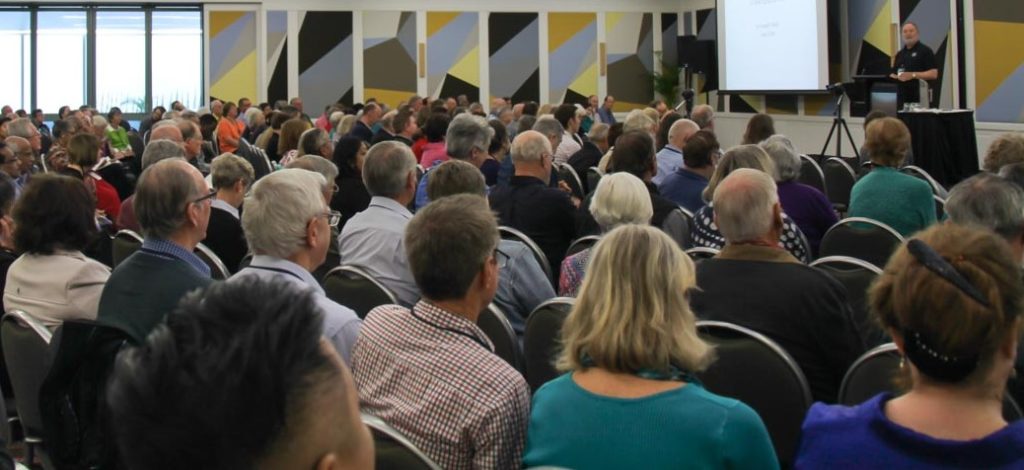
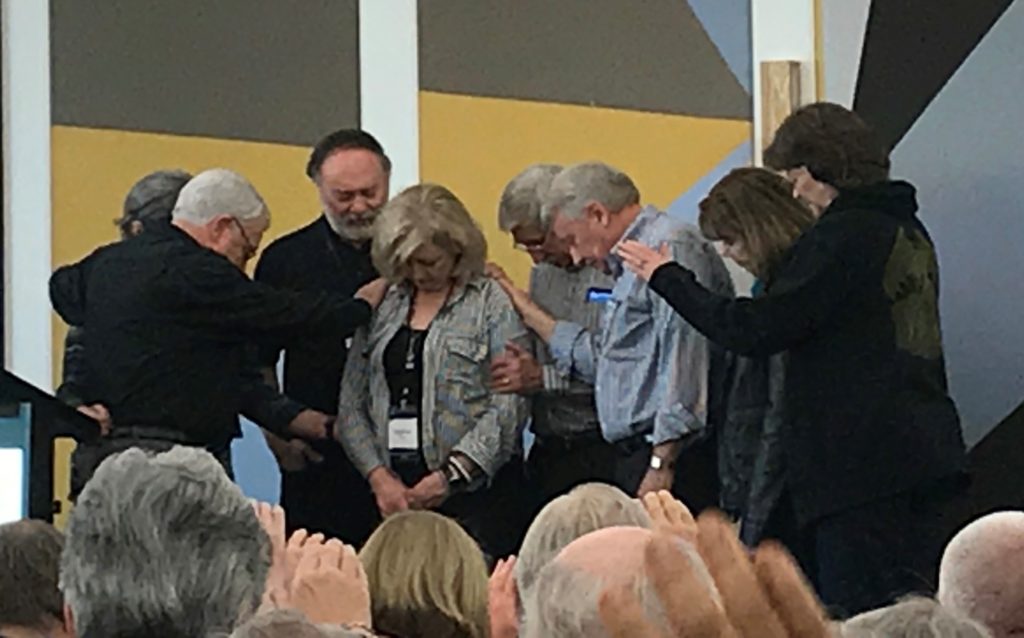

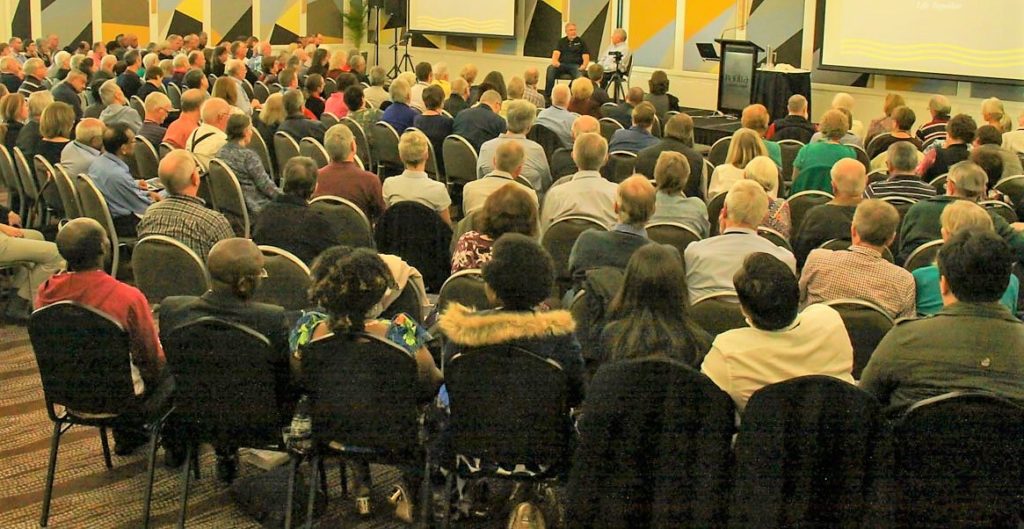

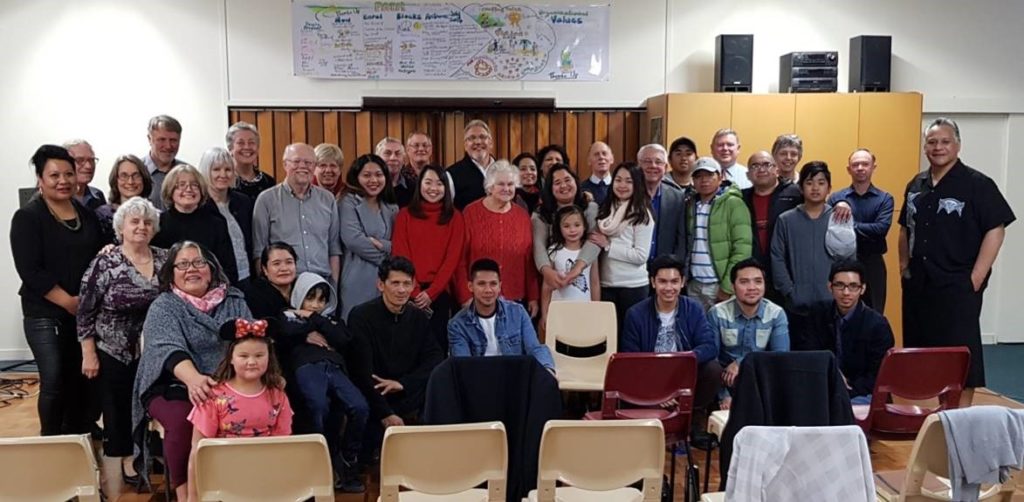
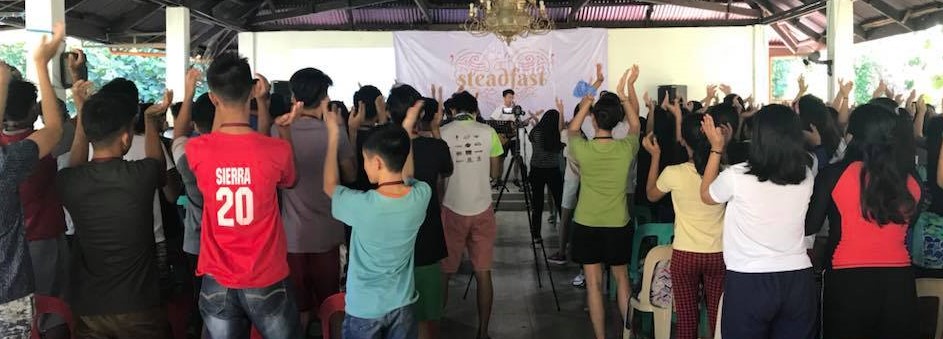
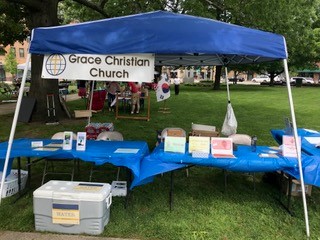 Grace Christian Church, GCI’s congregation in Waltham, MA (Boston area), recently conducted a community-wide event called the Kaleidoscope Festival. According to GCI Pastor Dishon Mills, the congregation established and coordinated the event—determining its theme and theological foundation, designing its logo and other graphics, recruiting other event partners, securing donations for raffles, recruiting vendors, obtaining necessary city permits, recruiting and managing volunteers, setting up the space, and providing advertising. Dishon gave this report:
Grace Christian Church, GCI’s congregation in Waltham, MA (Boston area), recently conducted a community-wide event called the Kaleidoscope Festival. According to GCI Pastor Dishon Mills, the congregation established and coordinated the event—determining its theme and theological foundation, designing its logo and other graphics, recruiting other event partners, securing donations for raffles, recruiting vendors, obtaining necessary city permits, recruiting and managing volunteers, setting up the space, and providing advertising. Dishon gave this report:
